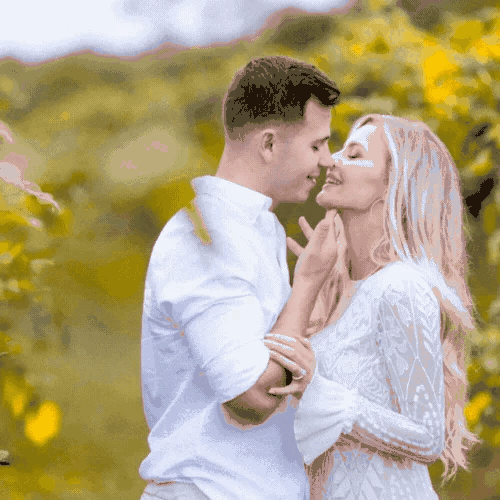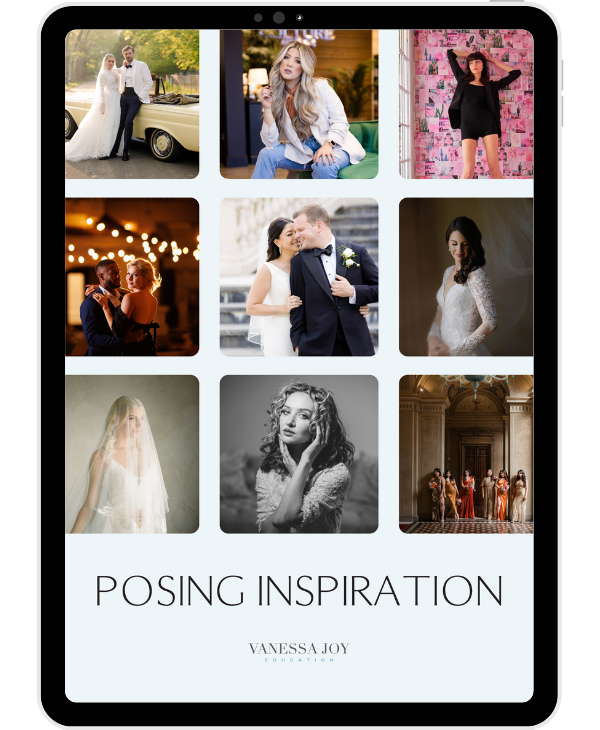What Happens When You Combine Natural Light and Simple Flash Photography

As a wedding photographer, mastering lighting is essential - but that doesn’t mean it has to be complicated. In this behind-the-scenes shoot, I show exactly how I combine beautiful natural light with just a touch of on-camera flash to create consistent, professional results - no matter the environment.
From sunny portraits in New Jersey gardens to dimly lit venues in Austin or chic indoor setups in New York City, this hybrid lighting approach works everywhere and gives you flexibility without dragging around a ton of gear.
Why Blend Natural Light and Flash?
Photographers often feel like they have to choose: natural light or flash. But what happens when you use both? Magic. Especially for wedding days, where lighting conditions change constantly.
Here's why I love combining them:
-
Flash fills in shadows without overpowering the ambient light
-
It creates depth and dimension - your subject pops without looking artificial
-
It’s consistent, especially indoors or under changing skies
-
It gives you control even in unpredictable locations (hello, cloudy ceremony day in New Jersey!)
I used a Canon R5 and a simple on-camera flash (yep, no modifiers or complex setups), and I’ll walk you through exactly how I did it.
How I Combine Flash with Natural Light (Without Making It Obvious)
This video walks you through a real portrait session where I blended natural sunlight with flash to enhance, not replace the existing light.
💡 Step 1: Expose for Ambient First
I start by dialing in settings that give me the look I want with the available light. If it’s soft window light or open shade (which I love in New Jersey's stone churches or NYC lofts), I expose for that first.
⚡ Step 2: Add a Kiss of Flash
Next, I add a touch of flash - just enough to fill shadows and lift the image. I usually bounce it behind me or slightly to the side. I’m not blasting full power flash - this is gentle, flattering light.
🎯 Step 3: Adjust White Balance & Positioning
Because I’m mixing light sources, I check the color temperature and positioning. If the natural light is warm, I’ll gel the flash or tweak white balance in-camera or during editing.
Why This Method Works for Wedding Photographers
Weddings are unpredictable. Sometimes the light is incredible, sometimes it’s nonexistent. This blend of natural and flash gives you a backup plan that doesn’t look like a backup plan.
Whether you’re shooting:
-
A golden hour session in New Jersey
-
A candlelit reception in New York
-
Or a high-noon outdoor ceremony in Austin
This technique lets you work faster, smarter, and with stunning consistency.
Who This is For
-
Beginner and intermediate photographers looking to learn flash without being overwhelmed
-
Wedding and portrait photographers shooting on location in unpredictable light
-
Professionals who want clean, flattering lighting with minimal gear
Final Thoughts
You don’t have to be afraid of flash or abandon natural light to use it. When you use both together, you unlock a whole new level of creativity and reliability in your photography. And yes, you can do it with just one flash on camera.
🎥 Watch the full BTS video here





















